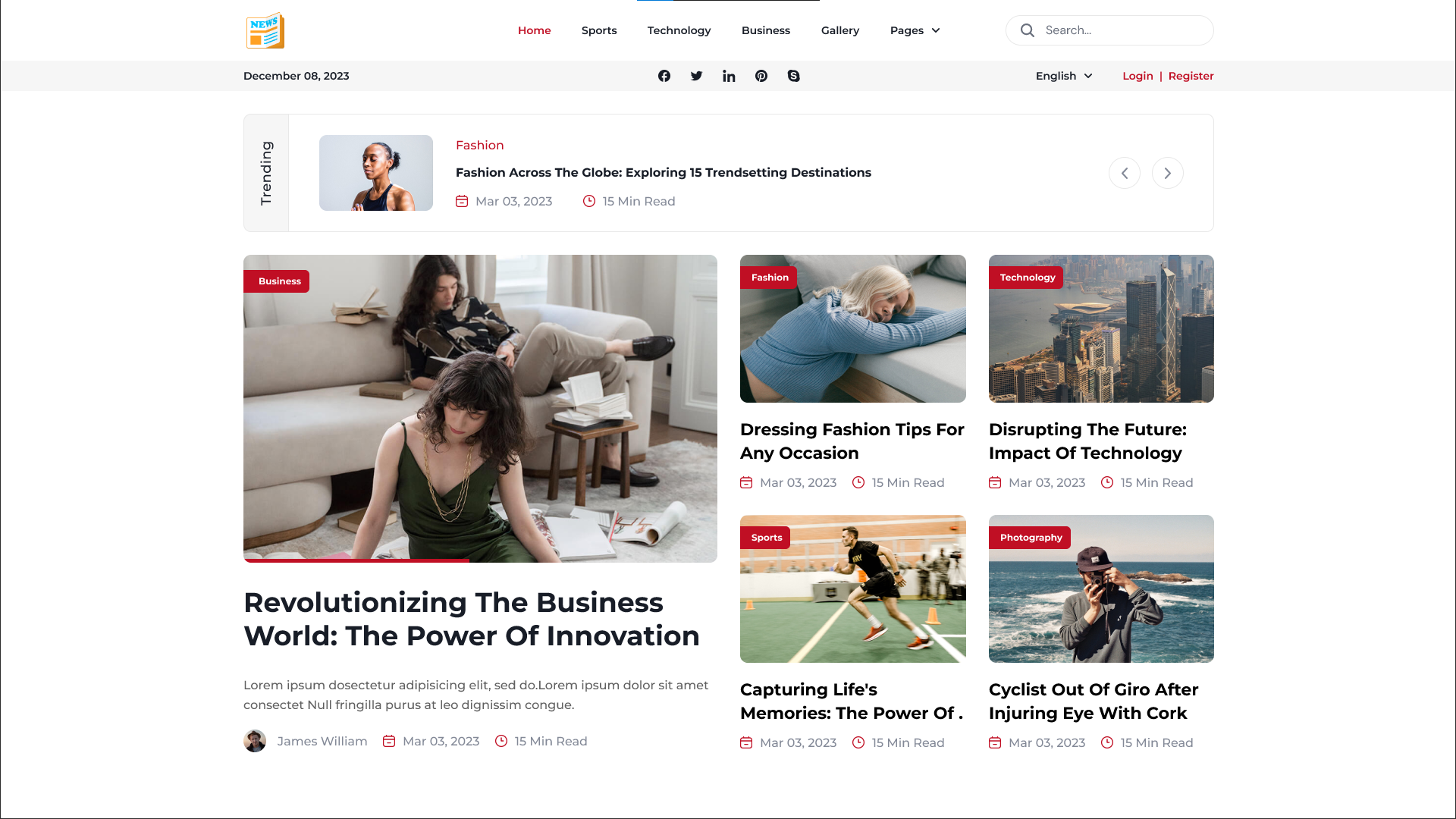Greenomy's Sustainability and ESG data experts have started an extensive analysis, with a particular focus on the real estate and construction industries, following two years of EU Taxonomy reporting. The purpose of this initial sectoral research is to shed light on how the EU Taxonomy is being used in practice, assisting businesses in achieving their 2050 carbon neutrality target.
Greenomy's analysis of these industries reveals important information about how they support environmental aims and are in line with sustainability goals.
The real estate and construction industries, which have played a key role in the worldwide drive to cut CO2 emissions, are being closely examined because of their potential to have a major impact on climate change. Their compliance with the EU Taxonomy not only affects their operating footprint but also sets a standard for other industries, as they account for around 40% of worldwide CO2 emissions. By contrasting their performance with that of other industries, Greenomy's analysis aims to identify both areas of success and those that require improvement. The ESG FinTech business presented its analysis's nine main conclusions.
Alignment status
According to its analysis, the real estate industry has the greatest eligibility rate for EU Taxonomy out of all industry sectors, with an astounding 87% of turnover considered eligible. With a 47% eligibility rate, the construction industry closely follows, demonstrating a noteworthy commitment towards sustainability. These numbers demonstrate the industries' dedication to complying with the EU Taxonomy as well as their capacity to draw in sustainable funding sources, which is an important benefit in the current economic climate..
Relevance of alignment and eligibility scores
In addition to reflecting their significant contribution to sustainability, these industries' high qualifying scores also affect their capacity to obtain financing. The financial benefits of sustainable practices are shown by the increased likelihood of favorable financing alternatives for companies with high alignment levels. Differentiating between sustainable and less sustainable enterprises, however, may put the latter's reputation at jeopardy.
most often chosen tasks
Greenomy delves deeper into these sectors' most often chosen activities, illuminating their compliance practices and highlighting areas of strength and weakness. The construction of new buildings, the purchase and ownership of existing buildings, and the renovation of existing buildings are the top three activities.
What's fresh?
Only initiatives that significantly advanced goals for adaptation and mitigation of climate change might be chosen through 2023. Just 5% of the construction enterprises in Greenomy's survey indicated that they were partially eligible for the purpose of climate change adaptation.
Nevertheless, starting in 2024, one may choose from the four new environmental goals. Of these, only the circular economy goal has resulted in the development of new ventures closely associated with the real estate and construction industries.
Concentrate on the top three tasks.
In his exploration of the construction and real estate industries, Greenomy focuses on three main activities: building new structures, remodeling old ones, and purchasing and overseeing real estate. First, it assesses how effectively businesses comply with the EU Taxonomy regulations. Later, it looks at the primary causes of any misalignments.
The planning of construction projects as well as the actual construction are both included in the process of building new structures. Merely 16.2% of the activity's revenue corresponds with the EU Taxonomy, meaning that a substantial 83.8% of revenue does not match the sustainability standards established by the EU Taxonomy.
The alignment is much worse when it comes to the renovation of existing structures, which are categorized as "construction and civil engineering works or preparations for such works," with only 9.5% of turnover satisfying the requirements.
On the other hand, the definition of ownership and acquisition of buildings, which is "purchasing real estate and maintaining control over that property," offers a more promising picture. In this case, roughly 31.2% of the turnover satisfies the Taxonomy standards.
It is imperative to investigate the causes of these poor alignment rates in order to determine if they are the result of internal business procedures or more general regulatory issues. For CSR (Corporate Social Responsibility) teams looking to raise their EU Taxonomy compliance ratings, these kinds of insights are essential.
Not meeting the requirements for a significant contribution
In order to significantly contribute to climate change mitigation (CCM) objectives, enterprises involved in the "Construction of New Buildings" industry must guarantee that the Primary Energy Demand (PED) of their projects is at least 10% lower than the Nearly Zero-Energy Buildings (NZEB) benchmark. One of the primary obstacles to alignment is insufficient energy performance; certain buildings do not have PED assessments or do not achieve the NZEB's 10% reduction criterion. Notably, non-compliance for certain organizations was also caused by the lack of Global Warming Potential (GWP) estimations.
Less is known about compliance requirements for "Renovation of Existing Buildings," although businesses must either demonstrate a PED reduction of at least 30% or fulfill local major renovation standards. Businesses that didn't fit these requirements frequently moved their investments to better energy efficiency. This, however, draws attention to a larger difficulty in obtaining compliance through outright renovation projects.
Buildings must have an Energy Performance Certificate (EPC) of class A or a PED in the top 15% of regional requirements in order to be considered for the "Acquisition and Ownership of Buildings" program. When a company fails the first criterion, it is more likely to have non-compliance difficulties and choose the easier 15% benchmark. The efficacy of this strategy varies, though, with certain areas offering precise benchmarks and others requiring businesses to rely on other data sources to provide compliance proof.
Failure to comply with the Do No Significant Harm (DNSH) standards
There is a need for more precise guidance in the building and renovation industry due to the variety of reasons why the Do No Significant Harm (DNSH) requirements are not being followed. These standards cover a wide range of environmental factors, such as pollution avoidance, water management, waste disposal, biodiversity protection, and climate risk assessment.
Notably, fulfilling the demands of the circular economy—in particular, the goal of having 70% of waste ready for reuse, recycling, and recovery—often presents the biggest obstacle to compliance. Non-compliance is also influenced by challenges in managing time-consuming tasks and regulating the use of hazardous substances. Criteria related to biodiversity and water use present fewer challenges, with the exception of buildings located outside the EU, where compliance with European standards becomes more complicated.
On the other hand, Climate Risk Assessment is the main DNSH criterion for the process of purchasing and owning buildings. Companies have discrepancies in alignment in this regard, primarily because of unclear protocols for carrying out evaluations and establishing acceptable risk thresholds. This disparity complicates the process of achieving complete DNSH criteria compliance by highlighting the industry's difficulty in putting in place a consistent standard for climate risk.
Failure to comply with the minimum standards for social protection
The investigation revealed that there were few instances of non-compliance with the Minimum Social Safeguards (MSS) standards among the assessed companies. Even though every company conducted a corporate assessment of the MSS criteria, a few of them recognized that more work needed to be done, especially in areas like supplier integration and due diligence on human rights. One company's alignment was significantly harmed by a bribery breach in a particular area, highlighting the variety of obstacles businesses must overcome to properly comply with MSS standards.
Additional aches and pains
Companies' capacity to fully align with the EU Taxonomy is hampered by a number of practical issues, including the impact on project design and the variation in national and regional rules. Reaching more compliance requires overcoming these challenges.
Greenomy becomes an indispensable partner for businesses in the building and real estate industries, providing customized solutions to expedite CSRD/EU Taxonomy reporting. Our platform facilitates a more seamless shift to green operations by offering crucial information, best practices, and the tools required to attain and demonstrate alignment with the EU Taxonomy.


.jpg)
.jpeg)



.jpeg)

.jpeg)
.png)










Comments 0